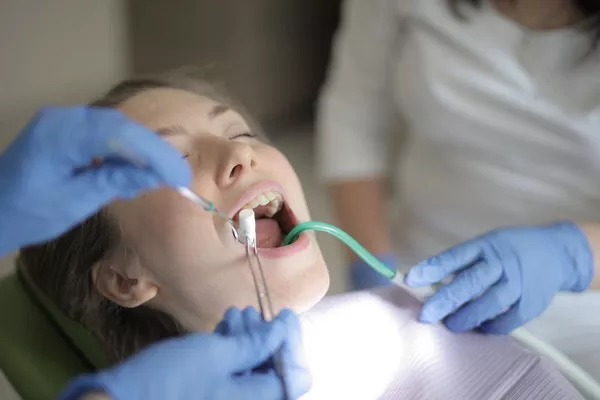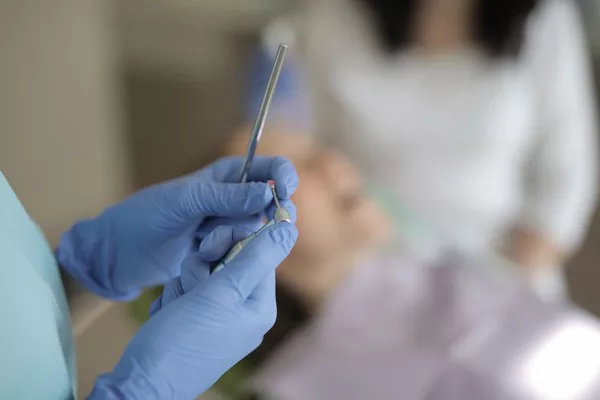Undergoing a deep cleaning, also known as scaling and root planing, is a crucial dental procedure for individuals with gum disease. Understanding the duration of the deep cleaning process can help patients adequately prepare and schedule their appointments. In this article, we will discuss the factors that influence the length of a deep cleaning procedure and provide insights into what to expect during your visit to the dentist.
What is a Deep Cleaning?
A deep cleaning is a specialized dental procedure performed by a dental hygienist or dentist to treat gum disease (periodontitis). The process involves removing plaque and tartar buildup from below the gumline and smoothing the tooth roots to promote healing and prevent further bacterial growth.
Factors Affecting the Duration of a Deep Cleaning Procedure
The duration of a deep cleaning procedure can vary based on several factors. It’s important to note that each patient’s case is unique, and the specific circumstances may influence the time required for the treatment.
Severity of Gum Disease:
The extent of gum disease plays a significant role in determining the duration of a deep cleaning procedure. More severe cases may require additional appointments or extended treatment time to address all affected areas thoroughly.
Number of Quadrants Treated:
A deep cleaning is typically performed on one quadrant (one-fourth of the mouth) at a time. The number of quadrants requiring treatment affects the overall duration. In some cases, multiple visits may be necessary to complete the deep cleaning process.
Individual Patient Factors:
Certain individual factors, such as the presence of underlying medical conditions, accessibility of the teeth and gums, and patient cooperation, can impact the time required for a deep cleaning.
Collaborative Approach:
Some dental practices adopt a collaborative approach, where a team of professionals works together to expedite the deep cleaning process. This can help reduce the overall treatment time.
What to Expect During a Deep Cleaning Procedure
Evaluation and Planning:
Before the deep cleaning procedure, your dental professional will conduct a comprehensive examination of your oral health, which may include measuring pocket depths, assessing gum inflammation, and taking X-rays. Based on this evaluation, they will develop an individualized treatment plan.
Administration of Local Anesthesia:
To ensure patient comfort during the procedure, a local anesthetic may be used to numb the gums and surrounding areas. This helps minimize any potential discomfort or sensitivity during the deep cleaning process.
Scaling:
The actual scaling phase involves the removal of plaque and tartar from above and below the gumline using specialized dental instruments. This process may involve manual scaling or ultrasonic scaling, depending on the preference and expertise of the dental professional.
Root Planing:
After scaling, the tooth roots are carefully smoothed to eliminate rough surfaces where bacteria tend to accumulate. This step aids in promoting gum tissue reattachment and reducing the risk of future plaque buildup.
Post-Cleaning Assessment:
Once the deep cleaning is complete, your dental professional may evaluate the effectiveness of the treatment, assess healing progress, and provide instructions for post-treatment care.
Estimating the Duration of a Deep Cleaning Procedure
The duration of a deep cleaning procedure can vary significantly based on the factors mentioned earlier. While it is challenging to provide an exact timeframe, a rough estimate can offer a general idea:
- On average, a deep cleaning session for one quadrant (one-fourth of the mouth) can take approximately 45 minutes to an hour.
- If all four quadrants require treatment, the total duration may range from two to four hours, depending on the complexity of the case and the patient’s cooperation.
- It is important to note that these estimates are approximate and can vary depending on individual circumstances. Your dental professional will provide a more accurate estimate based on your specific needs.
Conclusion
Deep cleaning, or scaling and root planing, is a vital procedure for treating gum disease and maintaining optimal oral health. The duration of a deep cleaning procedure depends on various factors, including the severity of gum disease, the number of quadrants treated, individual patient factors, and the collaborative approach taken by the dental practice. By understanding what to expect during a deep cleaning appointment and recognizing the factors that can influence treatment time, patients can better prepare for their dental visits and ensure comprehensive care. It is important to follow through with any recommended post-treatment instructions and maintain regular dental check-ups to monitor oral health and prevent further complications. Remember, effective gum disease management and preventive oral care practices contribute to a healthy smile and overall well-being.
Related Topics:
































